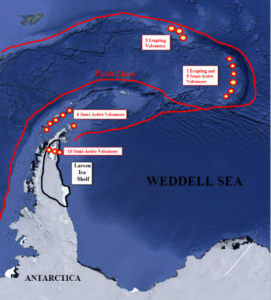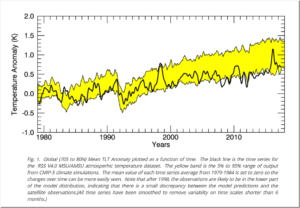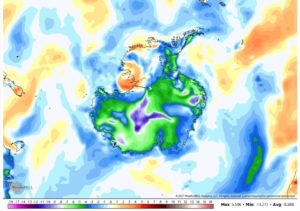by D. Wojick, Fab 6, 2021 in CFACT/CLINTEL
The recent Climate Adaptation Summit 2021 was not about helping nations against the effects of climate change. It was all about finding huge amounts of money. Even worse, it was about planning on finding money, not actually finding it. Even more embarrassing, in some cases it was just about thinking about planning. In fact its primary product was an Agenda. Climate Summits are like that. However, world leaders call it ‘thinking big’.
Climate adaptation is proactive and that is its big strength. It is proactive to the combination of gradual changes (think of the gradually increasing sea level) and excessive events (think of all types of extreme weather). Using Darwin, if mankind does not adapt to these changes in his environment, extinction will be his fate as happened so often to other species in the past.
Climate is a long term statistic, typically 30 years, or more. In this case it is mostly the long term frequency of various extreme weather events, the usual litany of floods, droughts, heat waves, etc., plus there is the usual sea level rise.
The real thing is that adaptation is not about preventing these extreme events, but it is about adapting to those events. For instance, don’t build houses in flood planes or build dikes to keep them dry. Keep in mind that with any form of climate adaptation, the cause of climate change is of no importance.
What does matter, in a very bad way, is that humans are being blamed for all bad weather. This supports the nonsensical thing called mitigation, where human well being is sacrificed in a foolish attempt to end bad weather.
Our friends at the Climate Intelligence Foundation (CLINTEL) have made it a central policy that adaptation is the way to go. In commenting on CAS 2021 they point out that adaptation is actually very profitable, increasing the prosperity and safety of nations.
Here is what they say: “The world should focus much more on climate adaptation and much less on mitigation. This is the conclusion of the global CLINTEL following the international climate summit that took place in the Netherlands over the past two days. Adaptation has already amply proven its value, while mitigation turns out to be inefficient and expensive.
…
…





